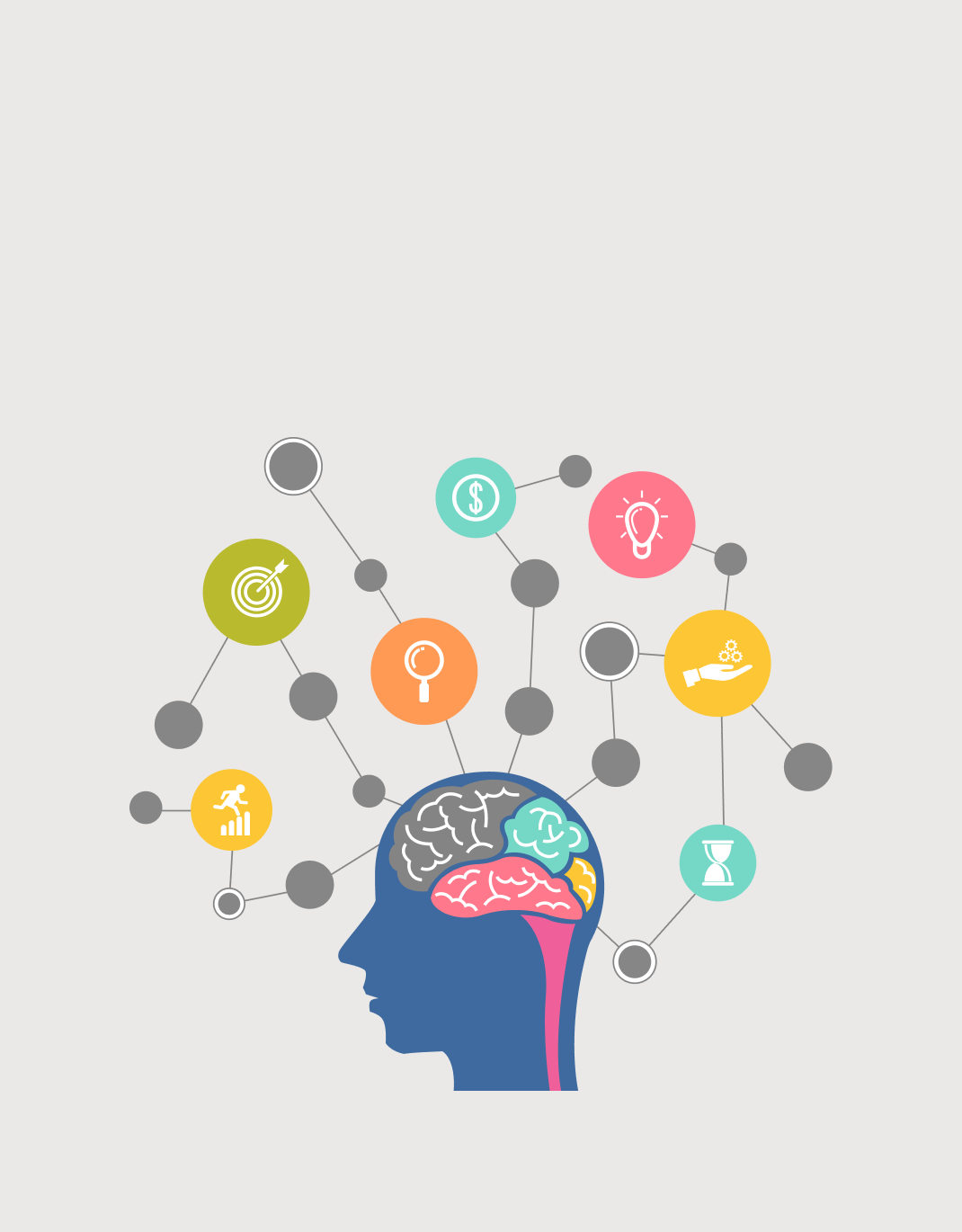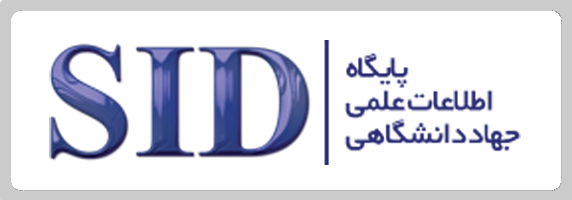Comparison of the Effectiveness of Acceptance and Commitment Therapy and Cognitive-Behavioral Therapy in Improving Executive Functions in Students Exhibiting Phubbing Behavior
Keywords:
Executive functions, cognitive-behavioral therapy, Acceptance and commitment therapy , phubbing behaviorAbstract
Given the widespread use of digital technologies and their impact on social relationships, phubbing has been recognized as a psychological issue within society. The present study compared the effectiveness of Acceptance and Commitment Therapy (ACT) and Cognitive-Behavioral Therapy (CBT) on the executive functions of students exhibiting phubbing behavior. This research employed a quasi-experimental design with a pre-test, post-test, and a two-month follow-up. The statistical population included all undergraduate students at Islamic Azad University, Rasht Branch, during the 2024–2025 academic year. Using convenience sampling, 45 individuals were selected and randomly assigned to three groups (15 participants per group). The experimental groups underwent 10 sessions of intervention based on ACT and CBT, respectively. Data were collected using the Executive Functions Questionnaire (Nejati, 2013). Data were analyzed using repeated measures analysis of covariance and Bonferroni post-hoc test through SPSS version 26. The results showed that both therapeutic methods had a significant effect on improving executive functions (F = 551.571, η² = 0.964). Furthermore, post-hoc analysis revealed that both ACT and CBT had significant effects on improving executive functions compared to the control group, although the effect of CBT was greater. Subscale analysis indicated that both interventions, especially during the follow-up phase, were more effective than the control group. CBT showed superior performance compared to ACT in the subscales of working memory, selective attention, planning, and response inhibition, whereas ACT demonstrated better performance in the decision-making subscale. Based on the obtained results, it is recommended that ACT and CBT be utilized as effective interventions for improving executive functions in students.
Downloads
References
Ahmed, S. F., Tang, S., Waters, N. E., & Davis-Kean, P. (2019). Executive function and academic achievement: Longitudinal relations from early childhood to adolescence. Journal of Educational Psychology, 111(3), 446-458. https://psycnet.apa.org/record/2018-40025-001
Aminian, M., & Asli Azad, M. (2024). The effectiveness of cognitive-behavioral play therapy on executive functions and social competence in female students with symptoms of attention deficit/hyperactivity disorder. Psychological Achievements, 31(1), 99-120. https://psychac.scu.ac.ir/article_19317.html
Atwood, M. E., & Friedman, A. (2020). A systematic review of enhanced cognitive behavioral therapy (CBT‐E) for eating disorders. International Journal of Eating Disorders, 53(3), 311-330. https://doi.org/10.1002/eat.23206
Bakhshipour, A., & Azhdari, A. (2023). The relationship between social media addiction and executive functions: The mediating role of interpersonal difficulties. Scientific Quarterly of Psychological Methods and Models, 14(51), 67-82. https://sanad.iau.ir/en/Article/1160775
Barrett, K., & Stewart, I. (2021). A preliminary comparison of the efficacy of online Acceptance and Commitment Therapy (ACT) and Cognitive Behavioural Therapy (CBT) stress management interventions for social and healthcare workers. Health & Social Care in the Community, 29(1), 113-126. https://doi.org/10.1111/hsc.13074
Bulut, S., Bukhori, B., & Parsakia, K. (2024). Enhancing Selective Attention in Children with Learning Disorders: Efficacy of Executive Functions Training. KMAN Counseling & Psychology Nexus, 1(2), 86-93. https://doi.org/10.61838/kman.psychnexus.1.2.14
Chotpitayasunondh, V., & Douglas, K. M. (2018). Measuring phone snubbing behavior: Development and validation of the generic scale of phubbing (GSP) and the generic scale of being phubbed (GSBP). Computers in human Behavior, 88, 5-17. https://doi.org/10.1016/j.chb.2018.06.020
Clark, C. A., Hatton-Bowers, H., Akhavein, K., & Rasby, S. (2023). Growing through adversity: The relation of early childhood educator post-traumatic growth to young children's executive function. Frontiers in psychology, 15, 1272294. https://doi.org/10.3389/fpsyg.2024.1272294
Cumming, M. M., Bettini, E., Pham, A. V., & Park, J. (2020). School-, classroom-, and dyadic-level experiences: A literature review of their relationship with students' executive functioning development. Review of Educational Research, 90(1), 47-94. https://doi.org/10.3102/0034654319891400
Dado, Z., & Emadian, S. A. (2024). The effectiveness of cognitive-behavioral play therapy on executive functions in elementary school students with specific reading disorder. The First International Conference on Health, Hygiene, and Education, Sari, https://en.civilica.com/doc/2084727/
Doebel, S., & Lillard, A. (2023). How does play foster development? A new executive function perspective. Developmental Review, 67, 101064. https://doi.org/10.1016/j.dr.2022.101064
Egner, T., & Hirsch, J. (2005). Cognitive control mechanisms resolve conflict through cortical amplification of task-relevant information. Nature Neuroscience, 8(12), 1784-1790. https://doi.org/10.1038/nn1594
Esmaeilian Anvar, S., Ghorban Jahromi, R., Rafieipour, A., & Sabet, M. (2024). The effectiveness of a lateral dominance enhancement training package on executive functions and visual perception in children with specific learning disorder. Psychology of Exceptional Individuals, 14(53), 43-75. https://jpe.atu.ac.ir/article_15574.html?lang=en
Ferreira, M. G., Mariano, L. I., de Rezende, J. V., Caramelli, P., & Kishita, N. (2022). Effects of group Acceptance and Commitment Therapy (ACT) on anxiety and depressive symptoms in adults: A meta-analysis. Journal of affective disorders, 309, 297-308. https://doi.org/10.1016/j.jad.2022.04.134
Harwood-Gross, A., Lambez, B., Feldman, R., & Rassovsky, Y. (2020). Perception of caregiving during childhood is related to later executive functions and antisocial behavior in at-risk boys. Frontiers in Psychiatry, 11. https://doi.org/10.3389/fpsyt.2020.00037
Jaramillo, V. G., Herrera, M. C. A., Grisales, A. M., Martínez, D. A. L., & Ramirez, O. M. C. (2024). The Effect of an Acceptance and Commitment Therapy-Based Intervention on Executive Functioning and Risk of Suicidal Behavior in Adults with Depression. Mediterranean Journal of Clinical Psychology, 12(3). https://www.researchgate.net/publication/388117226_The_Effect_of_an_Acceptance_and_Commitment_Therapy-Based_Intervention_on_Executive_Functioning_and_Risk_of_Suicidal_Behavior_in_Adults_with_Depression
Karadağ, E., Tosuntaş, Ş. B., Erzen, E., Duru, P., Bostan, N., Şahin, B. M., & Babadag, B. (2015). Determinants of phubbing, which is the sum of many virtual addictions: A structural equation model. Journal of Behavioral Addictions, 4(2), 60-74. https://doi.org/10.1556/2006.4.2015.005
Méndez, J., Sánchez-Hernández, Ó., Garber, J., Espada, J. P., & Orgilés, M. (2021). Psychological treatments for depression in adolescents: more than three decades later. International journal of environmental research and public health, 18(9), 4600. https://doi.org/10.3390/ijerph18094600
Najjarzadegan, M., Nejati, M., & Amiri, N. (2015). The effect of working memory cognitive rehabilitation on improving behavioral symptoms (inattention and impulsivity) in children with attention deficit hyperactivity disorder. Neuropsychology, 1(1), 45-52. https://clpsy.journals.pnu.ac.ir/article_2420.html?lang=en
Nazir, T., & Pişkin, M. (2016). Phubbing: Technological invasion which connected the world but disconnected humans. International Journal of Indian Psychology, 3(4), 39-46. https://doi.org/10.25215/0304.195
Nejati, V. (2013). The Cognitive Abilities Questionnaire: Design and evaluation of psychometric properties. New Findings in Cognitive Science, 15(2), 11-19. https://icssjournal.ir/browse.php?a_id=289&sid=1&slc_lang=en
Pahlavsari, M., Pirani, Z., & Taghvaei, D. (2021). Predicting academic anxiety based on executive functions and academic engagement during the COVID-19 outbreak. Behavioral Sciences Research, 19(4), 731-738. https://doi.org/10.52547/rbs.19.4.731
Ramos-Galarza, C., Ramos, V., Del Valle, M., Lepe-Martínez, N., Cruz-Cárdenas, J., Acosta-Rodas, P., & Bolaños-Pasquel, M. (2023). Executive functions scale for university students: UEF-1. Frontiers in psychology, 14, 1192555. https://doi.org/10.3389/fpsyg.2023.1192555
Rezazadeh, M., Saghatchi, A., & Jamdar, M. (2018). Investigating the effectiveness of acceptance and commitment therapy on craving and executive functions in recovering addicts at harm reduction centers (DIC). The First National Conference on Sustainable Development in Humanities and Cultural Studies of Iran, Tehran, https://en.civilica.com/doc/798458/
Shah, M. (2021). Acceptance-based therapies and Asian philosophical traditions: Similarities and differences in the concept of acceptance. Journal of Rational-Emotive & Cognitive-Behavior Therapy, 39(1), 1-13. https://doi.org/10.1007/s10942-020-00355-2
Shokrkon, A., & Nicoladis, E. (2022). The directionality of the relationship between executive functions and language skills: a literature review. Frontiers in psychology, 13, 848696. https://doi.org/10.3389/fpsyg.2022.848696
Sung, D., Park, B., Kim, B., Kim, H., Jung, K. I., Lee, S. Y., Kim, B. N., Park, S., & Park, M. H. (2021). Gray matter volume in the developing frontal lobe and its relationship with executive function in late childhood and adolescence: A community-based study. Frontiers in Psychiatry, 12. https://doi.org/10.3389/fpsyt.2021.686174
Taghavizade, M., Akbari, B., Hossein Khanzadeh, A., & Mashkbeid, M. (2019). Comparing the effectiveness of cognitive-behavioral and acceptance and commitment therapies on perfectionism in obsessive-compulsive personality disorder. Modern Internal Medicine, 26(1), 24-37. https://imtj.gmu.ac.ir/browse.php?a_id=3249&sid=1&slc_lang=en&html=1
Tanhan, F., Özok, H. İ., Kaya, A., & Yıldırım, M. (2024). Mediating and moderating effects of cognitive flexibility in the relationship between social media addiction and phubbing. Current Psychology, 43(1), 192-203. https://doi.org/10.1007/s12144-023-04242-8
Tossifian, N., Ghaedari Beghe Jan, K., Mahmoudi, A., & Khaledian, M. (2017). Structural modeling of early maladaptive schemas and executive functions in patients with MS emphasizing the mediating role of loneliness. Neuropsychology, 3(3). https://clpsy.journals.pnu.ac.ir/article_4372.html?lang=en
Wanless, S. B., McClelland, M. M., Acock, A. C., Ponitz, C. C., Son, S. H., Lan, X., & Chen, J. (2021). Longitudinal associations between early math skills and executive function in low-income preschoolers. Journal of Educational Psychology, 113(5), 825-837.
Zelazo, P. D. (2020). Executive function and psychopathology: A neurodevelopmental perspective. Annual Review of Clinical Psychology, 1(6), 431-454. https://doi.org/10.1146/annurev-clinpsy-072319-024242
Zelazo, P. D., & Müller, U. (2016). Executive function in typical and atypical development In U. Goswami (Ed.), Handbook of Childhood Cognitive Development. Oxford: Blackwell. https://psycnet.apa.org/record/2003-02624-020






